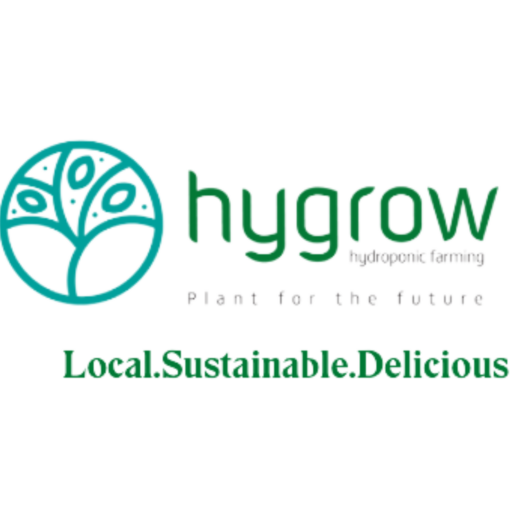
Vertical farming is a promising agricultural innovation with the potential to address many of the challenges associated with traditional farming. However, it also faces several unique challenges and obstacles that need to be overcome for it to reach its full potential. Here are some of the key challenges in vertical farming:
-
High Initial Costs: Setting up a vertical farming facility can be expensive. The cost of purchasing or retrofitting a building, installing the necessary infrastructure (e.g., lighting, climate control, irrigation), and acquiring vertical farming equipment can be a significant barrier to entry.
-
Energy Consumption: Vertical farms rely heavily on artificial lighting to provide plants with the required amount of light for photosynthesis. This high energy consumption can lead to substantial operational costs and environmental concerns, especially if the electricity is generated from non-renewable sources.
-
Technical Complexity: Vertical farming systems are complex and require expertise in various fields, including horticulture, engineering, and automation. Managing the intricacies of these systems can be challenging, and it may require highly trained personnel.
-
Crop Selection: Not all crops are well-suited for vertical farming. Leafy greens, herbs, and some small fruiting plants are commonly grown in vertical farms, but the limited vertical space and specific environmental conditions can restrict the range of crops that can be cultivated.
-
Maintenance and Reliability: Vertical farming systems require continuous monitoring and maintenance to ensure that environmental conditions remain optimal. Equipment breakdowns or system failures can lead to crop loss and reduced productivity.
-
Scaling Up: Expanding a vertical farming operation can be complex and costly. As the facility grows, maintaining consistent environmental conditions throughout the entire space becomes increasingly challenging.
-
Water Usage: While vertical farming is often considered more water-efficient than traditional agriculture due to recirculating systems, the water used must still be of high quality. Managing water quality and minimizing waste can be a challenge.
-
Pest and Disease Management: Vertical farms are not immune to pests and diseases. Maintaining a controlled environment can help, but proactive pest and disease management is essential to prevent infestations and crop losses.
-
Market Competition: As the popularity of vertical farming grows, competition in the market increases. This can lead to pricing pressures and challenges in differentiating products.
-
Regulatory and Zoning Issues: Local regulations and zoning restrictions can present obstacles to establishing and expanding vertical farming operations, especially in urban areas.
-
Profitability: Achieving profitability in vertical farming can be challenging, especially in the early stages. The initial investment, ongoing operational costs, and market dynamics can affect the financial viability of vertical farms.
-
Sustainability Concerns: While vertical farming can be more resource-efficient than traditional farming, concerns about the sustainability of the materials used in construction (e.g., plastics) and the energy sources used for lighting are emerging.
Despite these challenges, vertical farming continues to evolve and improve, driven by technological advancements, research, and growing demand for fresh, locally grown produce. Overcoming these obstacles will be essential for vertical farming to play a more significant role in sustainable and resilient food production systems.
